New Products & Services
January 2019
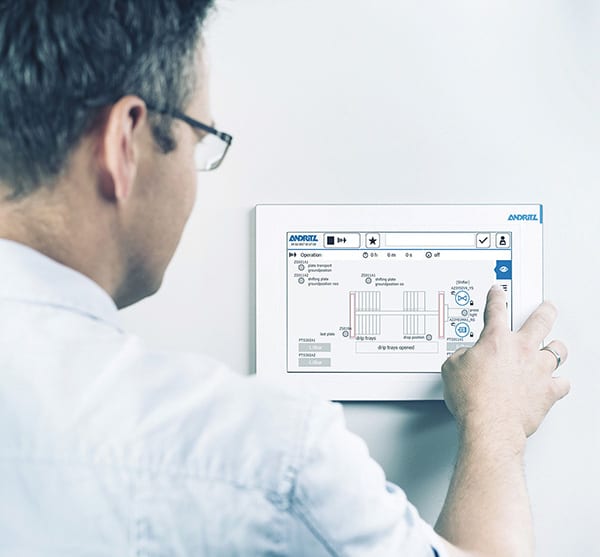
Andritz Group
The new Metris addIQ (photo) is a state-of-the-art digital control system for separation applications. Metris addIQ provides added value by enhancing availability and minimizing production costs through increased equipment efficiency and fewer operating errors. Metris addIQ control systems enable users to analyze and optimize separation processes. Features like predictive analysis allow operators to optimize availability and take preventive action to avoid downtime. Capacity and quality are easy to control and enhance with customizable systems. The Metris addIQ control system is based on the latest PLC (programmable logic control) and HMI (human-machine interface) technologies and has an integrated fail-safe system. The company offers various Metris addIQ packages, thus allowing every business involved in solid/liquid separation to optimize its performance — whether a huge municipal wastewater operation or a niche family brewery. — Andritz Group, Graz, Austria

Samson
At Valve World Expo (Düsseldorf, Germany; November 27–29), this company introduced two new positioners from the Series 3730: Trovis 3730-1 and Trovis 3730-3. The new positioners (photo) for 4–20-mA applications combine the latest technological developments with the proven device base known from the Type 3730-1 and Type 3730-3 predecessor models. Both positioners are particularly rugged thanks to their no-wear, non-contact travel-sensing system. Two inductive-limit contacts are available to reliably indicate both valve end positions. At the same time, the positioners’ air consumption has been reduced considerably by upgrading the pneumatics block. The 3730-3 communicates over the HART 7 protocol and comes with the proven EXPERTplus valve diagnostics with optimized features. To facilitate operation, the positioners are fitted with a plain-text display that indicates the condensed state according to Namur, measured values, start-up settings, as well as messages in English or German. The 3730-3 is additionally ready for interconnection with Sam Chemicals, the cloud-based business application for the process industry. — Samson AG, Frankfurt am Main, Germany
 The Nicolet iS20 FTIR spectrometer is an upgrade over the well-established Nicolet iS10 FTIR spectrometer, and features new LightDrive Optical Engine technology. The redesigned optical system consists of four critical components — an infrared (IR) source, interferometer, laser and detector — to deliver exceptional instrument performance and reliability, says the company. The new instrument enables analytical scientists in pharmaceutical, polymer, chemical and forensics laboratories to identify unknown compounds, verify incoming materials, conduct failure analysis and conduct root cause studies by easily collecting and interpreting FTIR data. It is said to be the only spectrometer on the market that features a touch panel with a multi-colored LED scan bar; the touch panel is designed to assist data collection from even the most challenging samples and help users understand their instrument status at a glance. Additional benefits include: cloud-based spectroscopy software with improved functionality that allows students and scientists to analyze their data anytime and anywhere; and the ability to interface easily with external modules, including the company's Nicolet iN5 and Continuµm IR microscopes. — Thermo Fisher Scientific Inc., Madison, Wis.
The Nicolet iS20 FTIR spectrometer is an upgrade over the well-established Nicolet iS10 FTIR spectrometer, and features new LightDrive Optical Engine technology. The redesigned optical system consists of four critical components — an infrared (IR) source, interferometer, laser and detector — to deliver exceptional instrument performance and reliability, says the company. The new instrument enables analytical scientists in pharmaceutical, polymer, chemical and forensics laboratories to identify unknown compounds, verify incoming materials, conduct failure analysis and conduct root cause studies by easily collecting and interpreting FTIR data. It is said to be the only spectrometer on the market that features a touch panel with a multi-colored LED scan bar; the touch panel is designed to assist data collection from even the most challenging samples and help users understand their instrument status at a glance. Additional benefits include: cloud-based spectroscopy software with improved functionality that allows students and scientists to analyze their data anytime and anywhere; and the ability to interface easily with external modules, including the company's Nicolet iN5 and Continuµm IR microscopes. — Thermo Fisher Scientific Inc., Madison, Wis.
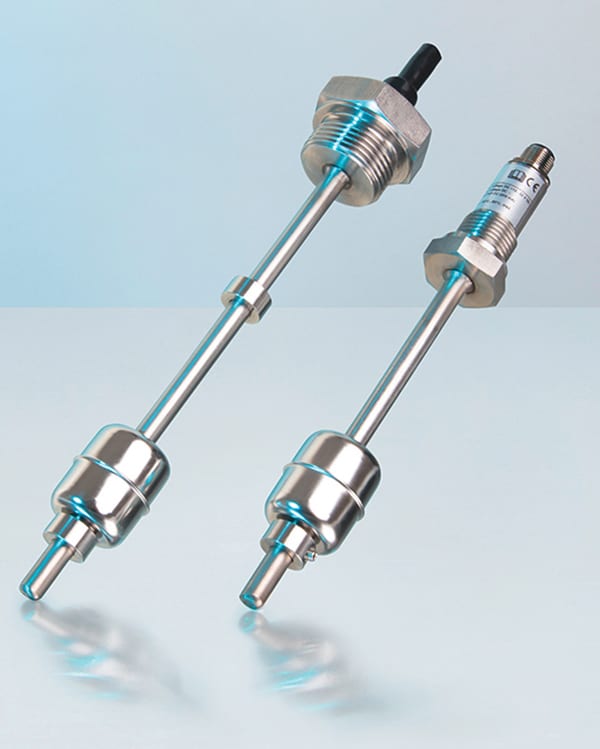
WIKA
Said to be the first instrument of its kind, this company has launched a float switch with a PNP/NPN output signal. The model GLS-1000 (photo) detects the level of liquids with an accuracy of ≤ 1 mm. The digitized float-measuring principle of the new level switch is implemented using semiconductor sensors. These enable an unlimited number of switching cycles. Users can define up to four switch points with a minimum distance of only 2.5 mm. Thus, the instrument reacts to even the smallest changes in level. At the same time, the GLS-1000 can monitor the temperature of the medium via a temperature output with a Pt100/Pt1000 resistance thermometer. With the GLS-1000, traditional PNP/NPN limit level switches can now also be replaced by a float switch. — WIKA Alexander Wiegand SE & Co. KG, Klingenberg/Germany
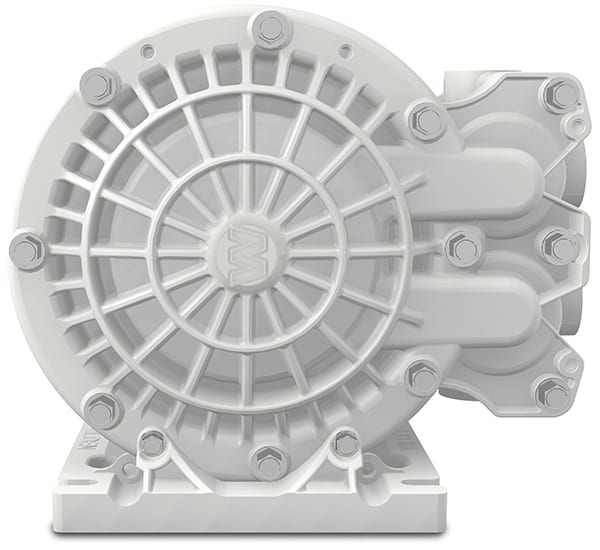
Wilden Pump and Engineering
This company has extended its line of specialty air-operated double-diaphragm (AODD) pumps with the addition of the new V150 13-mm Velocity Series pump (photo). Featuring a unique detachable mounting foot, Velocity Series pumps can easily be reoriented into a vertical or horizontal position with multiple inlet and discharge port options. With this design, the pump can be installed in multiple orientations, a critical consideration for systems and skids. The Velocity Series is available in 13- and 6-mm sizes, and features a bore-seal design, which eliminates leaks that can result from torque decay. It also delivers improved dry-suction lift up to 4.3 m in the 6-mm size and 5.1 m in the 13-mm size. The Velocity Series pumps also incorporate a proven and simple air distribution system (ADS) with only two moving parts that reduces the risk of downtime for long-term reliability. — Wilden Pump and Engineering, part of PSG, a Dover company, Grand Terrace, Calif.
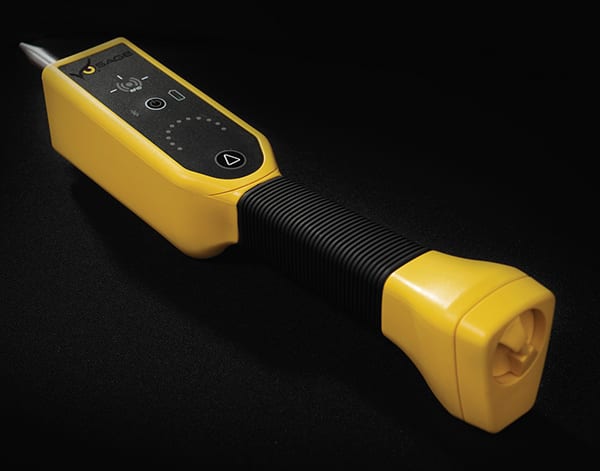
Armstrong International
The SAGE UMT (photo) is a wireless, hand-held steam-trap-testing solution that enables accurate, on-the-go testing of steam-trap performance. SAGE UMT leverages radio-frequency identification (RFID) technology to quickly locate and identify steam traps. Its piezoelectric acoustic and non-contact infrared (IR) temperature sensor delivers accurate and precise detection to identify steam traps that are performing in good, cold, blow-through and leaking conditions. SAGE UMT integrates with the company’s SAGE Smart Thermal Utility System Management platform and syncs wirelessly via Bluetooth to the SAGE Mobile app to deliver realtime diagnostics and eliminate manual data entry associated with offline steam-trap survey data collection. Data can be instantly uploaded to the cloud by SAGE for secure storage and on-going steam-trap analysis to support system-wide utility management. — Armstrong International, Three Rivers, Mich.
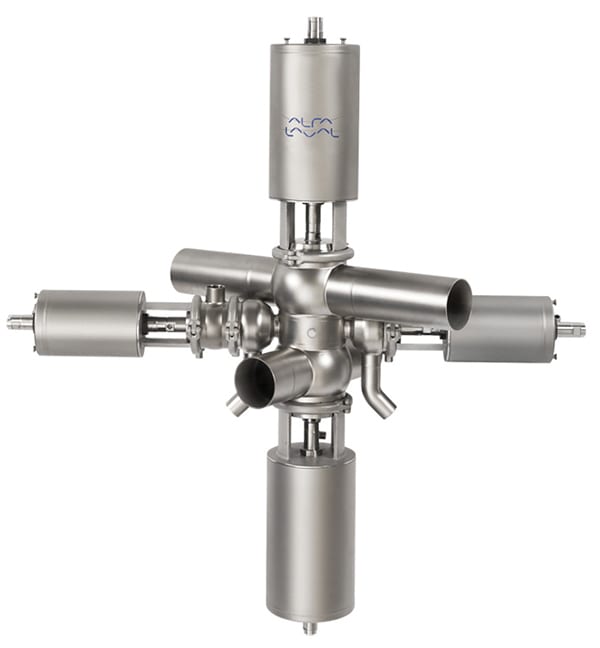
Alfa Laval Kolding
Reducing the total cost of ownership is paramount for manufacturers of dairy, food and beverage products. Using the new Aseptic Mixproof Valve (photo) instead of alternatives can deliver a total cost saving of up to 45% for manufacturers using aseptic processing. Estimated savings are based on a comparison of capital expenses and maintenance costs of an aseptic 2.5-in. valve over a five-year period if service is done onsite. If maintenance is done offsite by a third-party provider, competing technologies become even more expensive. Instead of steel bellows, this new aseptic double-seat valve uses a well-proven diaphragm with a PTFE face and reinforced EPDM backing. This drastically reduces the total cost of ownership of a double-seat valve, yet still ensures the hermetic seal required for sterile processing. The optimized design of the Aseptic Mixproof Valve makes cleaning and sterilization easier, proven by computational fluid dynamics (CFD) simulations. — Alfa Laval Kolding A/S, Kolding, Denmark